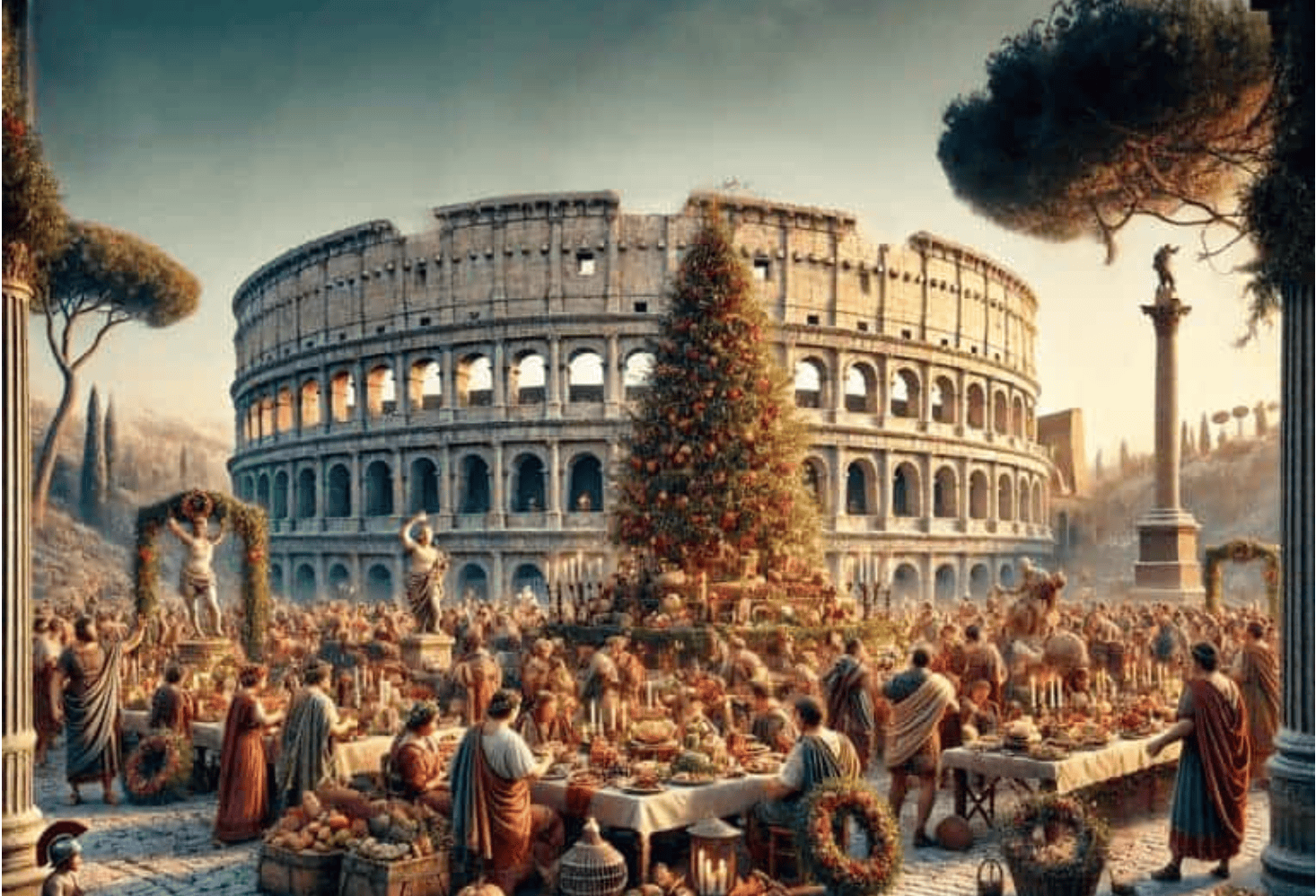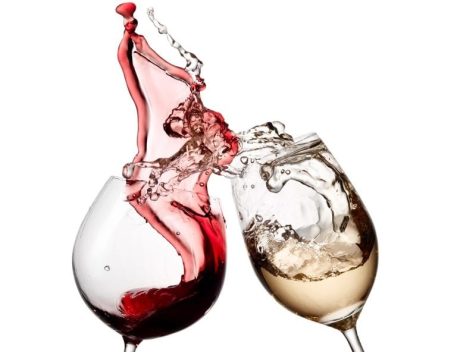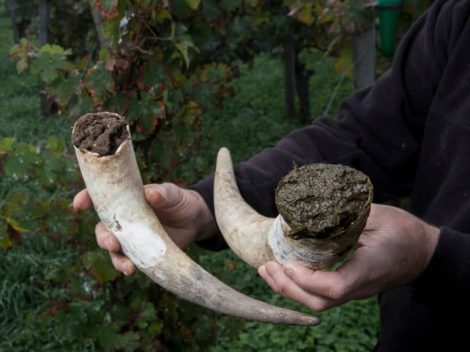The first edition of our Guide 'Vini d'Italia' was christened in Florence. It was the autumn of 1987, the 1988 edition, the one with the bottle-green cover, the strange oversized format and the graphics that were revolutionary for the time. Looking at it again, one theme stands out: most of the wineries that make the national scene so vital today were not there. They simply had not been founded yet. Date in hand, the world of Italian wine is anything but an Old World, much to the chagrin of the narratives that skilfully mix vines of Greek origin with Roman customs. This portentous growth has been going on for the last 30 years and we have been delighted to have it recounted at close quarters at the rate of our Tre Bicchieri, in Italy and with equal intensity around the world.
This article appeared in Wine Travel Food, the online bemonthly magazine by Gambero Rosso
Today on the global chessboard, we have earned the label of the 'Jurassic Park' of viticulture, a definition we find in the textbooks of Wset, the international institute that organises the preparatory courses to become a Master of Wine. Certainly, we have in Italy a 'chaos' of grape varieties, territories and styles that is, however, increasingly loved and sought after by curious and demanding wine enthusiasts. In order to venture knowledgeably into this complicated and fascinating kaleidoscope, we have over the years put together a team of more than 70 competent tasters, 70 authentic aficionados of Italian wine, who for months tour the Peninsula and blind-taste at consortia and institutions an impressive number of samples, almost 50,000 this year (there were 1,400 in 1988). It is a crazy and exhausting job that requires a tried and tested organisational machine with tight deadlines. Within the team there are a plurality of voices and sensitivities - every year the final tastings are also attended by international personalities for an all-round confrontation - who put themselves at the service of the consumer and the trade.
Vini d’Italia 2024
As many as 2,300 samples made it to the finals for Vini d'Italia 2024: a spectacular match that ultimately decreed the 498 wines awarded Tre Bicchieri. A result that, when analysed, tells how the geography of Italian wine continues to reshape itself, disrupting the hierarchies; how that geography is completely revolutionised when compared to the first edition where no producer from Valle d'Aosta, Emilia Romagna, Marche, Umbria, Molise, Campania, Puglia, Basilicata, Calabria Sardegna reached the podium. For an accurate and light-hearted report, we invite you to read our football-style 'report card' of the regions, which you will find on page 35 of Wine Travel Food magazine: you will discover that rock music is playing among the rows in Calabria or that it is the Sangiovese d'autore that is leading the redemption of the areas most affected by the bad weather in Romagna. Producers are faced with multiple challenges amid climate change, vineyard diseases, a slowdown in exports, inflation and a new punctilious labelling system that should come into force at the end of the year.
For our part, our philosophy in our judgments has never changed: we value both large cooperative wineries and artisans with confidential circulations; we do not like wine parties and alignments: our layman's approach takes us among world-famous oenologists as well as among realities that make us suffer because they do not even have a remotely up-to-date website. By the way, we are seriously questioning the digital future of such an articulate work and during the year we will be landing on our gamberorosso.it website in a streamlined and user-friendly manner, with in-depth articles and focuses for our readers; we would like to mention the Vini Rari project and a newsletter entirely dedicated to the world of sparkling wines that is about to be launched.
Returning to the printed edition of the 2024 guide, the graphics and format have been updated, slightly larger, in order to increase readability; while the foreign language editions, the project's true flagship, have been confirmed: German, English, Chinese and Japanese. They are the driving force behind a very full calendar of international events, almost 40, to accompany the wineries with the world of the trade; among the guided tastings, we will also be bringing in the special awards, which sum up our philosophy in a kiss.
The five special awards of the year
With the tastings closed, we decide to highlight some 'messages encased in glass', preparing a tasting list that aims to identify our vision of Italian wine: these are the five wines to which we award the Special Prize for the best performance in their category: sparkling, red, white, rosé and meditation.
Let's start with the Bubbly of the Year. This award, which every year makes us debate for days on end, takes us to Erbusco - one of Franciacorta's most prized vocational units - and plastically represents a fair number of topical issues. In the meantime, it is a Dosaggio Zero, a trend that we find increasingly strong both in the bubbles from beyond the Alps and in our great Metodo Classico territories. This is a Millesimo 2016, a vintage that also continues to write important pages on the side of bubbles in terms of freshness and vibrant character, a characteristic that we find exalted in a register of extraordinary cleanliness and aromatic definition, we find technical mastery but also gustatory complexity. In short, we offer a great example of Franciacorta, contemporary in style and proposed, among other things, at a more than reasonable price by the Gatti family that produces it. With these prerequisites we can play it with a straight face even in the Champions League.
For White of the Year, we once again emphasise the extraordinary vocation of Collio, cradle of world-class whites. Hillside viticulture - the name itself says it all - and borderline viticulture, home to some of the country's most inspired, stubborn and talented winemakers. The choice fell on a Chardonnay, which many would not take as such blindly, simply because the terroir expresses itself with disruptive force: the olala went off as we tasted it blindly, sketching a gustatory parabola so compelling that it requires a built-in GPS. The savoury grit of Oslavia and a sartorial use of different woods for fermentation and mat-uration, as well as long ageing in steel, remind us softly that Charonnay is one of the world's greatest grape varieties, interpreted in this case by Marko and Boris Primosic. Many Italian whites age better than many emblazoned reds, which will also be the case with this 2018 Reserve.
With the Rosé of the Year, we reaffirm a specific identity, far from that Provence effect that seems to afflict the entire category with increasingly drab colours even in the presence of anthocyanin-rich vines and arid climates. We have chosen a rose wine that chooses a third way: it does not just play the fruit and acidic pleasantness card, but manages to unfurl a rich array of nuances and registers with grace and class. Its dual soul reflects the origin of the Montepulciano vineyards: two are on the slopes of the Maiella, at altitude, the other a stone's throw from the Adriatic at Silvi Marina. The grapes ferment and mature in exhausted barriques, and then pass into steel. The talent of a great craftsman like Giuliano Pettinella makes all the difference: this is the first time of the Tre Bicchieri and the highest recognition for a Cerasuolo d'Abruzzo that does not fear the weather and highlights the excellent interpretation of a hot and dry year like 2022. A pearl that reinforces the identity of Italian-style rose wine.
The Red of the Year puts an exclamation mark on the 'vineyard of vineyards', a one-hectare plot planted in 1947 in Serralunga d'Alba. There must be a reason why Vignarionda's prices are rising faster than Apple's shares: in the glass we have a gesture of pure and authentic beauty. For us, it is a tribute to Italian wine, created by an extraordinary producer (the Giovanni Rosso winery led by his son Davide) and a vintage, 2019, which we rated 5-star for Barolo. The wine is already in great shape, and will be in great shape 40 years from now.
Finally, with the Meditation Wine of the Year, we would like to shine a spotlight on an increasingly rare nectar that takes us back to the nautical routes between Sicily and England, that Marsala which today struggles to carve out a commercial space for itself but which continues to fascinate us in a poignant way. While some virtuous Sicilian winemakers have recently brought back the pre-British style, i.e. without fortification with alcohol, we opted for a 2011 Marsala Vergine Riserva, from only Grillo grapes that mature for 10 years in barrel. In this Florio label, we find ourselves: with its spicy and iodine character, eclectic and surprisingly drinkable, despite its dense and viscous concentration. With the proper attention to service and temperature, it can inspire some of the most surprising pairings. We indulged ourselves, while rereading the drafts of the guide, between a slice of salami and a slice of pizza.
photos by Alessandro Micarelli




 God Bless those who don’t forego Stracciatella on the evening of December 25th. Here’s the recipe from a renowned Roman trattoria
God Bless those who don’t forego Stracciatella on the evening of December 25th. Here’s the recipe from a renowned Roman trattoria Hidden in an old district of Perugia lies one of Italy's cosiest wine bars
Hidden in an old district of Perugia lies one of Italy's cosiest wine bars Christmas Eve dinner and Christmas Day lunch: festive traditions rooted in Solstice feasts
Christmas Eve dinner and Christmas Day lunch: festive traditions rooted in Solstice feasts George Washington had his secret recipe: here’s how Eggnog made a comeback in Europe
George Washington had his secret recipe: here’s how Eggnog made a comeback in Europe Historical breakthrough: Italy will also produce dealcoholised wines. Lollobrigida signs the decree
Historical breakthrough: Italy will also produce dealcoholised wines. Lollobrigida signs the decree







